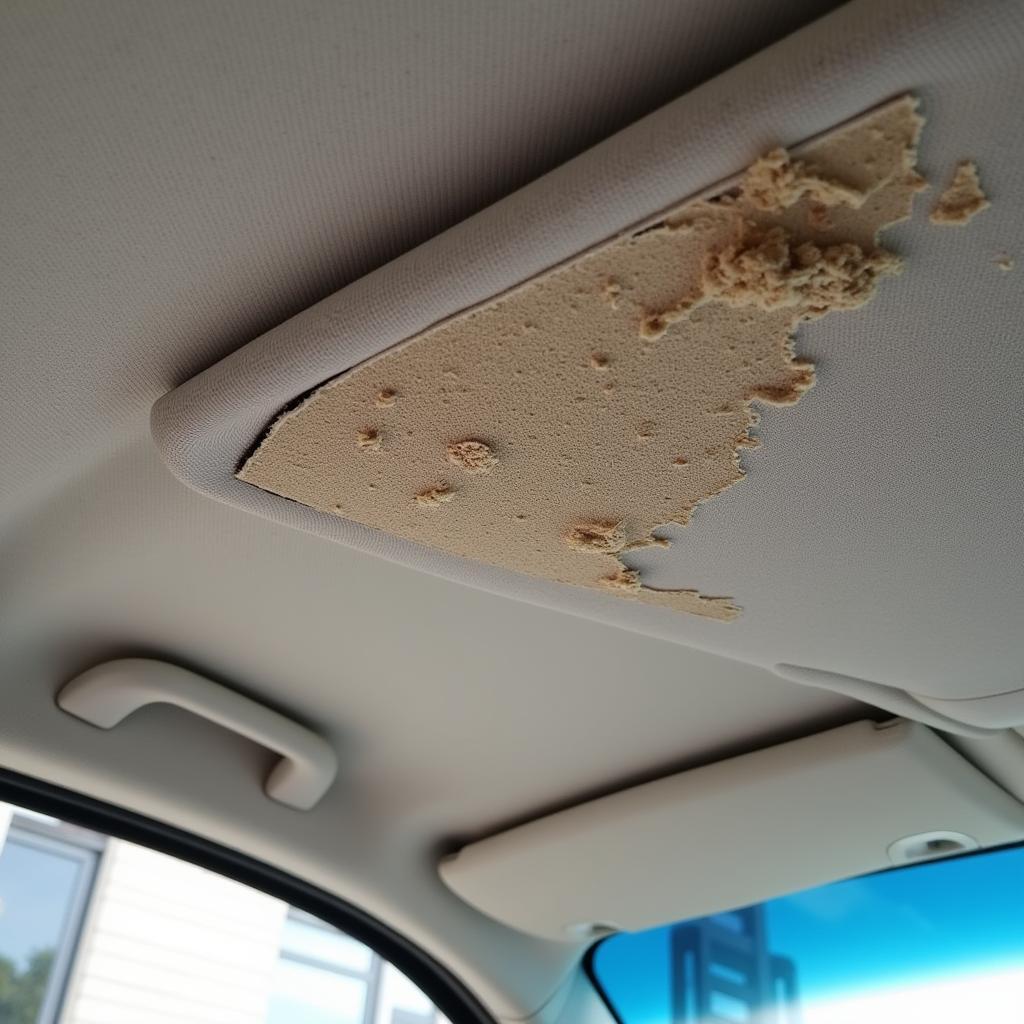Maintaining an older car can be a bit of a gamble. You never know when something is going to break down, and repairs can be costly. This article will walk you through the common expenses you can expect to encounter when keeping an older vehicle in tip-top shape.
What Makes Maintaining an Old Car Expensive?
Older cars have a few factors that can make upkeep more costly. These include:
- Wear and tear: As a car ages, parts naturally wear out and need replacing.
- Obsolete parts: It can be harder to find replacement parts for older models, and those parts that are available may be more expensive.
- Potential for major repairs: The older a car gets, the greater the chance it has of needing major repairs. This can be a significant financial burden.
- Lack of warranty: Unlike newer vehicles, older cars typically don’t have a factory warranty, meaning you’ll be responsible for all repair costs.
Common Maintenance Costs for Older Cars
Here are some of the most common maintenance items that you can expect to encounter when owning an older car:
Engine & Transmission
- Oil changes: You should change your oil every 3,000 to 5,000 miles or as recommended by your car’s owner’s manual.
- Spark plugs: Replacing spark plugs every 30,000 to 100,000 miles can help improve fuel efficiency and engine performance.
- Fuel filter: It’s essential to replace the fuel filter every 15,000 to 30,000 miles.
- Air filter: A clean air filter enhances air flow to the engine, improving fuel efficiency.
- Timing belt: This is a critical component of your engine. Check your car’s manual for the replacement interval, usually every 60,000 to 100,000 miles.
- Transmission fluid: It’s essential to change the transmission fluid at the intervals recommended by your car’s owner’s manual.
- Engine coolant: Ensure you change the engine coolant regularly, typically every 2 to 3 years.
Brakes & Suspension
- Brake pads and rotors: These wear down over time, and you’ll need to replace them when they get too thin.
- Brake fluid: This fluid helps transfer pressure from the brake pedal to the calipers. It should be changed every two years or as recommended by the owner’s manual.
- Suspension components: This includes shocks, struts, bushings, and control arms. These components can deteriorate over time and cause issues like a bumpy ride.
Electrical
- Battery: Battery life depends on the climate and how you drive. Batteries usually last 3 to 5 years.
- Alternator: This component recharges the battery while you drive. It can fail over time.
- Starter: The starter motor gets the engine turning. It can fail over time, especially if it’s rarely used.
Tips for Managing Costs:
- Regular maintenance: The best way to keep maintenance costs down is to stay on top of your car’s regular maintenance schedule.
- Shop around for parts: Prices for auto parts can vary widely, so take the time to compare prices from different sources.
- DIY repairs: If you’re mechanically inclined, you can save money by doing some of your own repairs.
- Consider a mechanic specializing in older cars: Many mechanics specialize in older cars. They may have better access to parts and be more familiar with potential issues.
What to Do When the Costs Become Too High
As your car gets older, repair costs can start to outweigh its value. You might want to think about:
- Selling it: If the repairs become too expensive, it might be time to sell your car.
- Trading it in: A trade-in may be an option if you want to upgrade to a newer car.
- Getting a new car: This is a significant decision but it may be the most practical choice when you’re continually facing high repair bills.
Frequently Asked Questions
Q: How much does it cost to maintain an old car?
A: The cost of maintaining an old car can vary greatly depending on the make and model of the car, its age, the frequency of repairs, and the cost of parts and labor in your area. As a general rule, you can expect to spend several hundred dollars per year on maintenance.
Q: When should I think about getting rid of my old car?
A: If the repair costs start exceeding the value of the car, or if you find yourself facing constant repair issues, it might be time to consider replacing it.
Q: How can I tell if my car is costing me more than it’s worth?
A: A good rule of thumb is to look at the repair cost for a recent major repair. If it was over half the value of the car, or if you are making multiple significant repairs, it could be time to think about a change.
Q: What are some good cars with low maintenance costs?
A: You can find more information on good low maintenance cars here.
Q: What are some things I can do to reduce my car’s maintenance costs?
A: You can learn more about ways to reduce car maintenance costs here.
“Older cars can definitely be more of a financial rollercoaster,” says John Smith, a seasoned auto mechanic specializing in vintage vehicles. “But knowing what to expect, and having a plan, can help you keep your old car running for years to come.”
If you have any questions or need help with your car’s maintenance, give Autotippro a call at +1 (641) 206-8880. We’d love to hear from you!
AutoTipPro is located at 500 N St Mary’s St, San Antonio, TX 78205, United States.






Leave a Reply